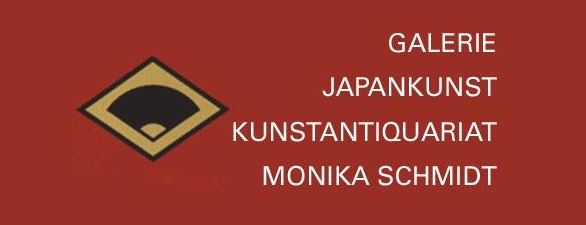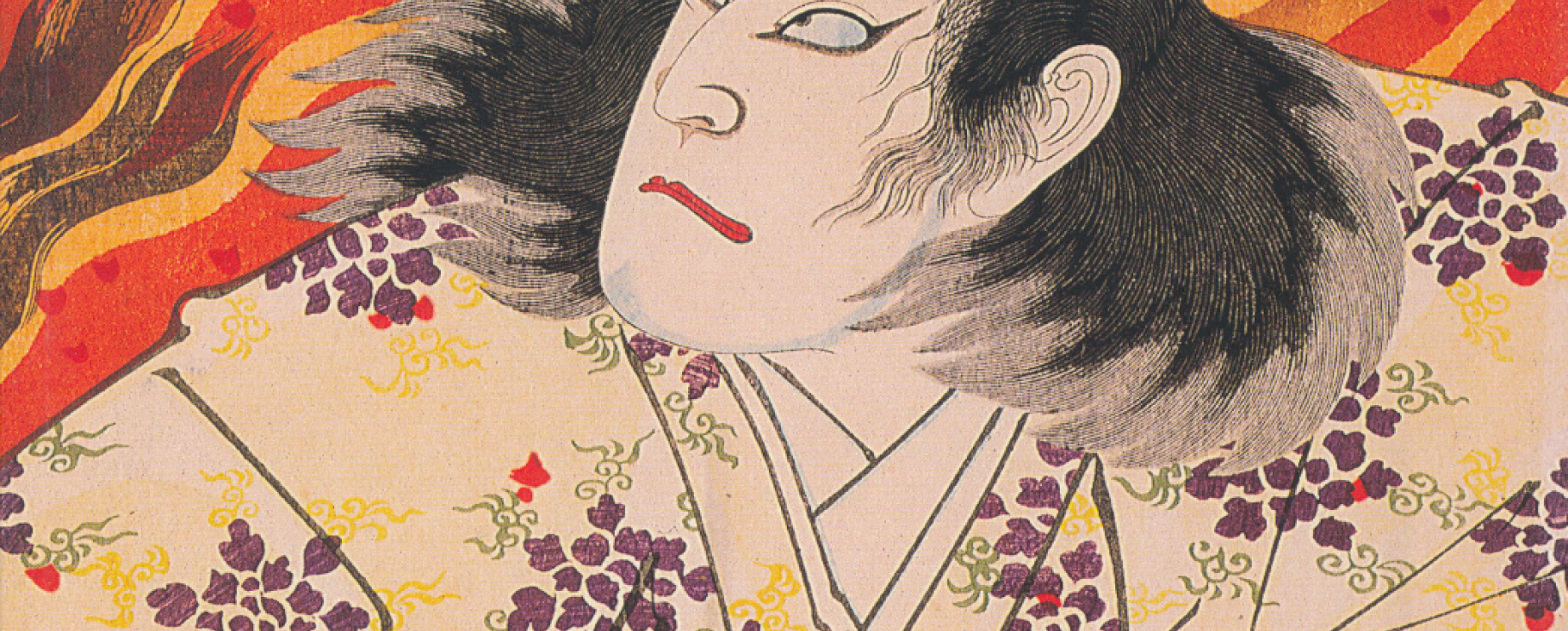EDITORIAL: The European Community has welcomed several Eastern European countries lately. Since their collections of Japanese art are terra incognita for many of us, we thought it would be interesting to introduce them to our readers through a series of articles. Helena Honcopoová, Director of the Collection of Oriential Art at the National Gallery in Prague, launches this series. She tells us how collections of Japanese art came into existence in the Czech Republic. Most of you will agree that the Czech know how to brew excellent 'pils', but did you know that part of the money earned from selling beer was used to purchase Japanese art objects which are still housed in a brewery, now the Náprstek Museum? The books of Bumpō in the Czech collections will certainly interest Ellis Tinios who is not only a specialist on half-length actor portraits by Kunisada but also an expert on Japanese books illustrated by artists of the Maruyama-Shijō school. This month his exhibition 'Kawamura Bumpō, Artist of Two Worlds' opened at
the University Gallery in Leeds. With the exposition comes a scholarly catalogue on Bumpō, a somewhat elusive early nineteenth-century Kyoto painter. As a supplement to this catalogue we persuaded Ellis to publish the results of an in-depth study he made on a didactic handscroll painted by Bumpō in the winter of 1815. In this issue of Andon use also publish the second part of Hideki Yoshikawa's study on lacquer work produced in the Somada workshop at Toyama. I was astounded to read that Baron Morimasa Takei built up a significant collection of inrō in the Meiji period by ransoming them from craftsmen who burned these precious artefacts to recover the gold used in the decorations.
Afbeelding










